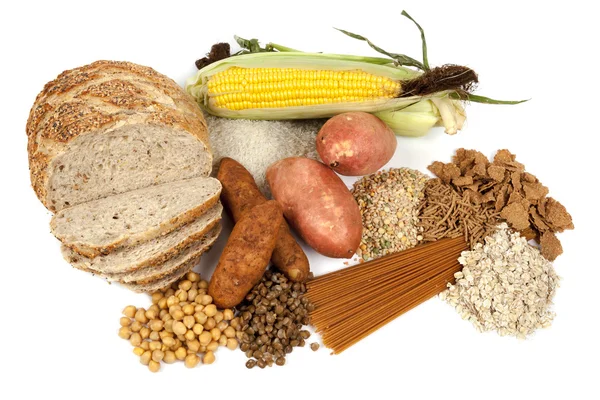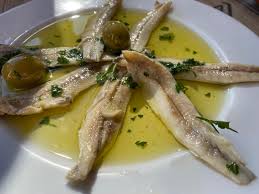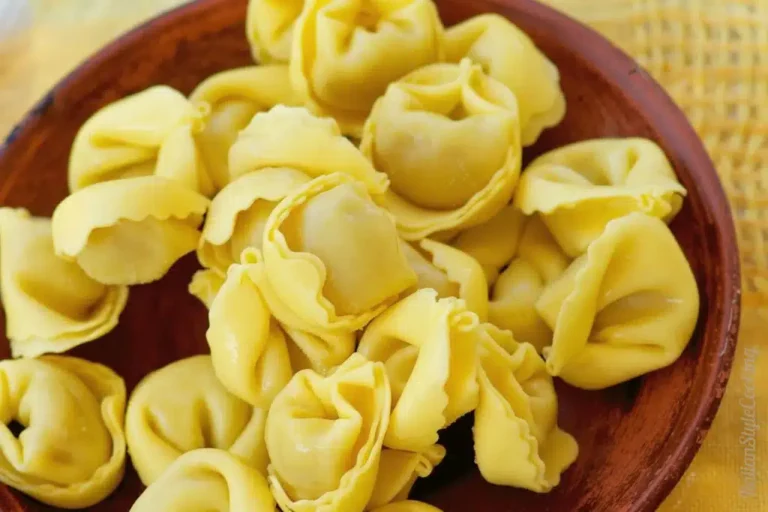
Fibra, a term often associated with natural fibers, is one of the most versatile and eco-friendly materials available today. Derived from natural sources such as plants and animals, it has been an integral part of human life for centuries. But what exactly is fibra, and why is it considered a “natural wonder”? This comprehensive guide answers all your questions and provides a detailed understanding of fibra’s properties, uses, and benefits. Whether you’re a beginner or someone exploring sustainable living, this article is your go-to resource for everything fibra.
What Is Fibra? Understanding the Basics
Fibra refers to natural materials sourced from plants and animals that are spun into threads or yarns for creating textiles and other products. Common examples include cotton, wool, silk, and hemp. Unlike synthetic fibers, fibra is renewable, biodegradable, and often produced with minimal environmental impact.
Key Characteristics of Fibra:
- Naturally sourced, making it eco-friendly.
- Highly durable and versatile.
- Offers breathability and comfort in textile applications.
Fibra’s unique ability to combine strength, flexibility, and sustainability has made it a preferred choice for eco-conscious consumers.
The Different Types of Fibra and Their Properties
Fibra can be broadly classified into plant-based and animal-based fibers, each with its distinct properties.
Plant-Based Fibra:
- Cotton: Soft, breathable, and hypoallergenic, ideal for clothing and home textiles.
- Hemp: Durable and resistant to pests, used in ropes and eco-friendly fabrics.
- Bamboo Fibra: Naturally antibacterial and moisture-wicking, popular in sustainable fashion.
Animal-Based Fibra:
- Wool: Excellent insulation properties, perfect for winter wear.
- Silk: Luxurious and smooth, often used in high-end fashion.
- Alpaca and Cashmere: Lightweight yet warm, prized for their softness and quality.
Each type of fibra offers unique advantages, making it suitable for various applications.
Benefits of Using Natural Fibra
Fibra provides numerous benefits, both for consumers and the environment.
Environmental Benefits:
- Sustainability: Fibra is a renewable resource, making it an eco-friendly alternative to synthetic materials.
- Biodegradability: Unlike synthetic fibers, fibra decomposes naturally, reducing waste and pollution.
Consumer Benefits:
- Breathability: Natural fibers allow air circulation, keeping you cool and comfortable.
- Durability: Fibra products often last longer, making them a cost-effective choice.
- Health-Friendly: Natural fibra is free from harmful chemicals, making it safer for sensitive skin.
By choosing natural fibra, you contribute to a healthier planet and enjoy superior quality products.
How Is Fibra Produced? From Source to Usability
The production of fibra involves several steps, depending on its source:
-
- Processing: Raw materials are cleaned, combed, and spun into threads or yarns. For instance, cotton is ginned to remove seeds, and wool is carded to align the fibers.
- Weaving or Knitting: The processed threads are woven or knitted into fabrics.
- Finishing: Fabrics are dyed, treated, or refined for specific applications.
Each stage in fibra production emphasizes sustainability and quality, ensuring minimal environmental impact.
Applications of Fibra in Everyday Life
Fibra’s versatility allows it to be used across various industries:
Clothing and Textiles:
From breathable cotton shirts to luxurious silk dresses, fibra dominates the fashion world with its natural charm.
Home Decor:
Fibra is widely used in carpets, curtains, and upholstery, offering durability and aesthetics.
Industrial Use:
Hemp and jute fibers are employed in eco-friendly packaging and ropes, reducing reliance on plastic.
Fibra’s adaptability to different needs highlights its importance in daily life, reinforcing its role as a natural wonder.
Fibra vs. Synthetic Fibers: Why Choose Natural?
The debate between natural fibra and synthetic fibers often boils down to environmental and health concerns.
Environmental Impact:
- Fibra: Sustainable, biodegradable, and eco-friendly.
- Synthetic Fibers: Non-renewable and responsible for significant pollution.
Health and Comfort:
- Fibra: Hypoallergenic and breathable, suitable for sensitive skin.
- Synthetic Fibers: Often treated with chemicals, which can irritate the skin.
Natural fibra clearly emerges as the better choice for conscious consumers.
Caring for Fibra: Tips for Longevity
To maintain the quality and durability of fibra products, follow these tips:
- Washing: Use mild detergents and cold water to preserve the natural fibers.
- Drying: Air-dry fibra products to avoid shrinking or damage.
- Storage: Store in cool, dry places to prevent mold and mildew.
Proper care ensures that your fibra items remain in excellent condition for years.
FAQs
These materials are eco-friendly and biodegradable.
What are the benefits of natural fibra?
Natural fibra is sustainable, breathable, and durable. It promotes eco-conscious living and reduces environmental impact.
How is fibra different from synthetic fibers?
What are common uses of fibra?
How can I care for fibra products?
Wash fibra with mild detergents, air-dry to maintain quality, and store in dry places to prevent damage.






